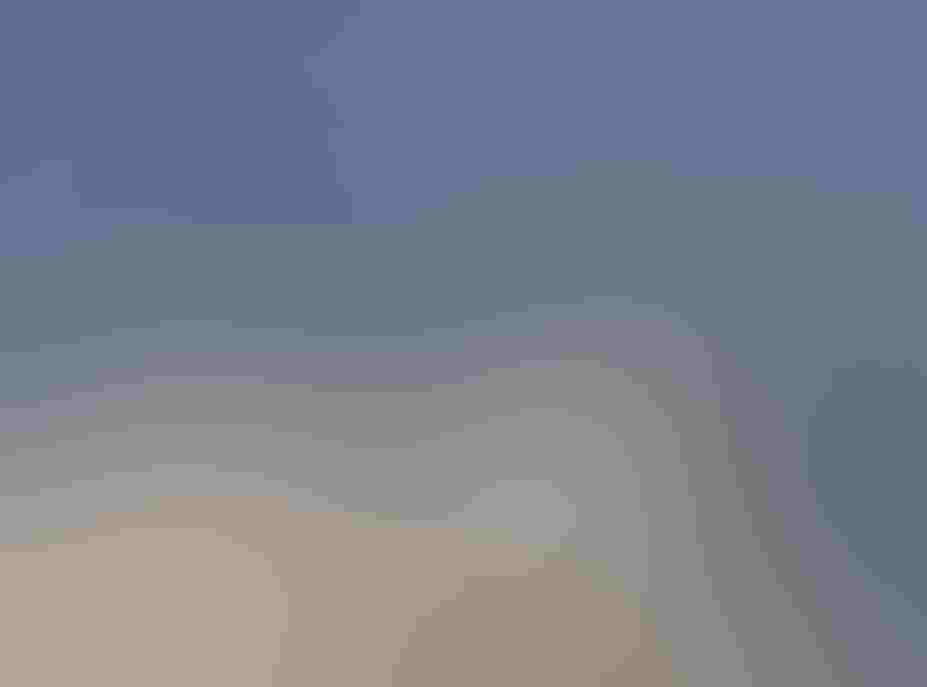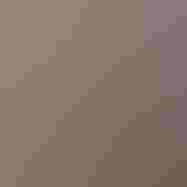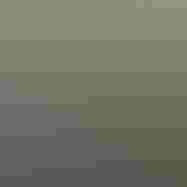
After five years in which almost no chicks survived, more of the shorebirds are fledging since Alabama ³Ô¹ÏºÚÁÏ and volunteers adopted some simple but effective measures to help them.
In order to address and reverse the drastic global decline of marine and coastal birds and build resilient coastlines, we work in specific ways to achieve the most impact.

The ³Ô¹ÏºÚÁÏ launched in 1973 in an effort to learn how to restore puffins to historic nesting islands in the Gulf of Maine.
Now known as ³Ô¹ÏºÚÁÏ’s Seabird Institute, we work to share restoration methods that benefit rare and endangered seabirds worldwide. Through active restoration on seven seabird colonies in the Gulf of Maine, we listen and amplify what seabirds tell us about climate change, forage fish management, proposed offshore wind development, and other ocean conservation challenges.

Vice President, Habitat Conservation and Water Conservation; Interim Vice President, Coastal Conservation

Vice President, Coastal Policy

Senior Director, Coastal and Marine Resilience

Director, Gulf Coast Restoration

Director, Conservation Science of ³Ô¹ÏºÚÁÏ's Seabird Institute

Policy Manager, Coastal Conservation

Policy Manager, Marine Conservation

Coastal Communications Manager
Let us send you the latest in bird and conservation news.
